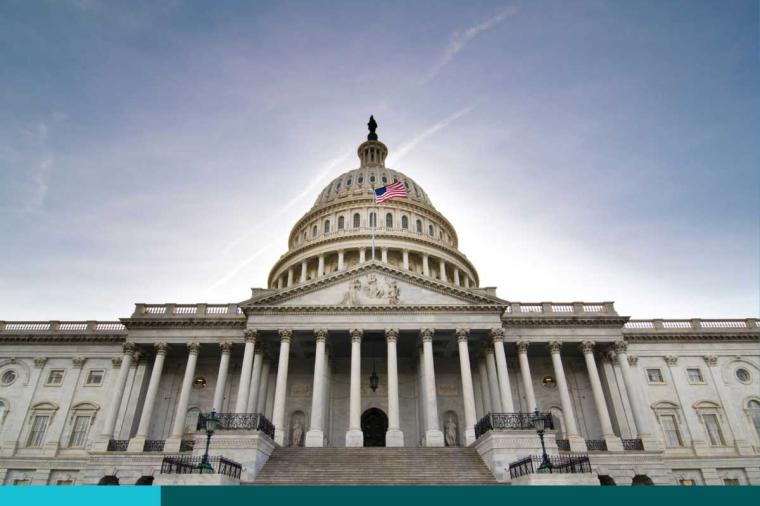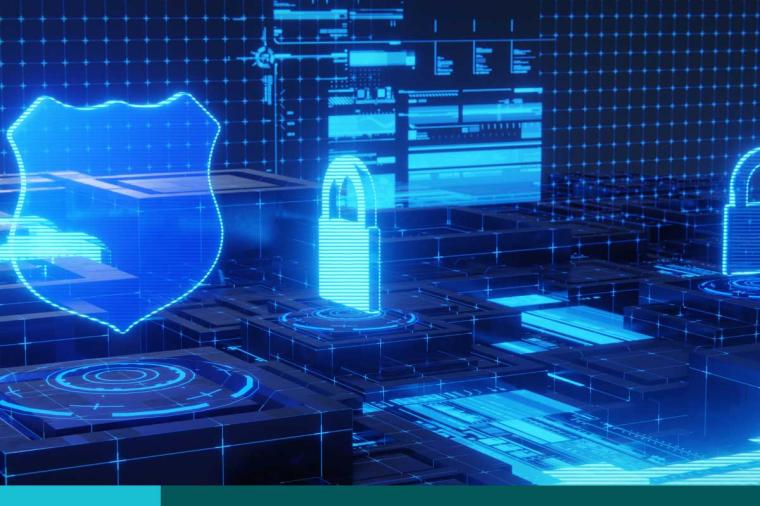Modern Solutions for Public Works: Tackling Wastewater Overflows With Smart Technology

Numerous cities in the United States struggle with wastewater issues. Many cities’ systems are designed to accommodate smaller populations, and historical rainfall patterns are increasingly prone to causing overflows – where wastewater spills into drinking water sources, streets and homes. And many cities utilize mostly combined wastewater systems where wastewater and rainwater both drain through the same infrastructure, creating increased stress on city systems during storms. This problem negatively impacts the health and wellbeing of municipal occupants and the cities’ local environments. From deep tunnel projects like those in Chicago, IL, to wastewater separation initiatives like those in Minneapolis, MN, cities across the country are working to address these issues with the help of IT products and services. This creates direct opportunities for IT vendors and partners to position their solutions as essential components of modernizing city infrastructure.
Numerous public works departments across the United States have started to implement smart sewers that incorporate technology to monitor and manage systems. Smart sewer initiatives create numerous opportunities for IT solutions, such as edge computing, IoT, data processing and reporting, asset management, monitoring and operations and AI/ML solutions. These solutions enable wastewater utilities to both identify and track overflow risk in real time. For example, Cincinnati, OH reduced its wastewater overflow volume by 247 million gallons annually after implementing a supervisory control and data acquisition (SCADA) system to coordinate its combined sewer operations and the city’s smart sewer project reduced wastewater overflow costs by 95%. IT vendors and partners providing SCADA systems, IoT sensors and AI-enabled analytics can position themselves as critical partners in these types of projects.
Smart sewer solutions can also complement larger initiatives tied to addressing wastewater overflows. For instance, Grand Rapids, MI used a sensor network and a real-time decision support network to save $950 million in its efforts to address inflow challenges in its sewer separation project. This demonstrates the cost-saving potential of IT solutions like sensor networks and real-time decision systems in municipal wastewater infrastructure upgrades.
Other solutions to address wastewater concerns include real-time notification systems to inform residents about overflows and boil notices, and big data solutions for infrastructure planning. IT vendors and partners can offer notification platforms that improve public trust and streamline communication during high-risk periods. Additionally, big data and predictive analytics tools can help municipalities prioritize infrastructure upgrades effectively.
Recognizing the health and environmental impacts of wastewater overflows, the federal government has incorporated numerous grant programs for local governments and utilities. For example, the EPA operates its Sewer Overflows and Stormwater Reuse Municipal Grants program, which prioritizes rural and financially distressed communities, creating a pathway for IT vendors to align their solutions with funded municipal projects. The Biden Administration also announced nearly $6 billion in funding for clean water infrastructure in February of 2024. IT vendors and resellers should leverage these federal initiatives to help municipalities secure funding for smart sewer projects and related technology implementations.
With the changing climate, wastewater risk is only expected to increase; this issue will only become more important in the future. Given the severity of this problem, the available funding and the proven impact of IT solutions, vendors and partners should proactively approach cities struggling with public works challenges, outdated wastewater infrastructure and combined sewer systems with innovative offerings tailored to solve these critical issues.
To get more TD SYNNEX Public Sector Market Insight content, please visit our Market Intelligence microsite.
About the Author:
Gabriel is a Sr Market Insights Data Analyst at TD SYNNEX Public Sector whose work focuses on using quantitative and qualitative analysis to provide actionable insights to TD SYNNEX’s vendors and resellers in the public sector.



























